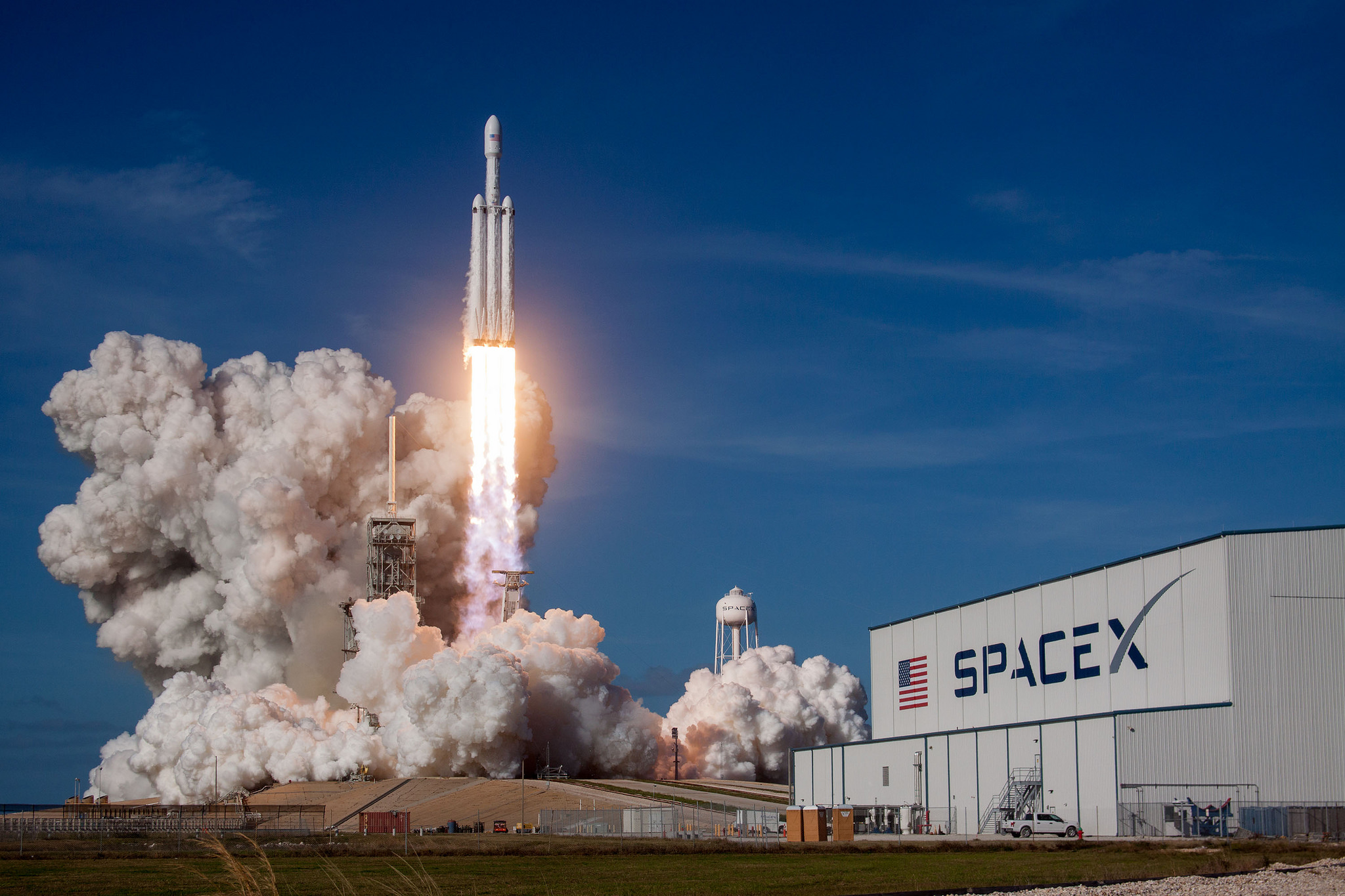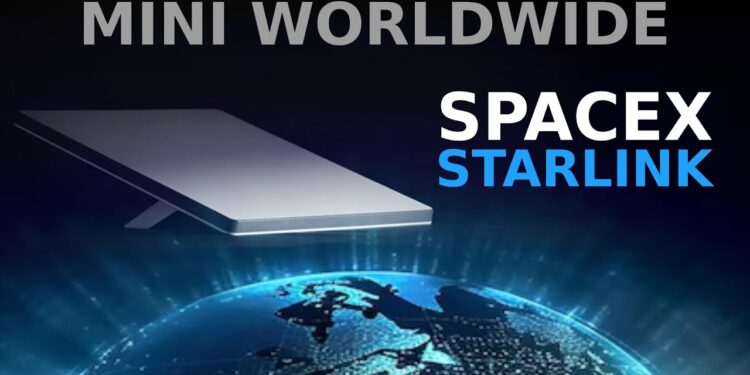In a world where rapid digital connectivity is increasingly seen as a necessity rather than a luxury, SpaceX is making significant strides to bring ultra-fast internet speeds to the global stage. With the promise of delivering 1Gbps download speeds, SpaceX’s Starlink aims to revolutionize how we access the internet. This ambitious goal, hinted at as far back as 2016, is now closer to fruition following the impressive performance of SpaceX’s Starship in a recent test flight.

Starship’s Success: A Game-Changer for Starlink
On a bright Sunday, the aerospace industry watched as SpaceX conducted a pivotal test flight of its Starship vehicle. Not only did the test go as planned, but it also showcased a groundbreaking achievement—the successful catching of the booster rocket during the landing phase. This critical milestone is not just a testament to engineering ingenuity but also a significant step toward making the world’s most powerful rocket reusable.
Michael Nicolls, VP of Starlink Engineering, encapsulated the excitement and the broader implications of this success in a tweet: “The next generation Starlink satellite will launch on Starship and deliver gigabit connectivity anywhere in the world. We got one step closer to that reality today with an amazing Flight 5!”

The Current State and Future Aspirations of Starlink
Until now, Starlink’s service has offered speeds ranging from 50Mbps to around 250Mbps across the U.S., varying by location. While these speeds are commendable, they fall short of the gigabit benchmark. The introduction of next-generation “V3” Starlink satellites is expected to bridge this gap. Heavier and more capable, these satellites are reliant on the increased payload capacity of Starship, which aims to carry between 50 to 100 satellites per launch.
Regulatory Moves to Boost Satellite Performance
SpaceX is not only pushing technological boundaries but also seeking regulatory changes to enhance service delivery. In a recent filing, SpaceX requested the FCC to allow adjustments in the operational altitudes of its satellites and the utilization of E-band radio frequencies. These changes are geared to enhance the coverage, efficiency, and performance of the Starlink network, particularly emphasizing the need for low-latency, high-speed broadband access.
“The upgraded Gen2 system will feature enhanced hardware that can use higher gain and more advanced beamforming and digital processing technologies and provide more targeted and robust coverage for American consumers,” the company detailed in its FCC filing. This improvement is expected to optimize bandwidth use and support a wider array of services without causing radio interference issues, despite potential concerns from competitors.

With each successful test and regulatory approval, SpaceX is not only demonstrating its commitment to innovation but also its vision of global connectivity. As Starship continues to support Starlink’s expansion, the dream of ubiquitous gigabit internet speeds is becoming a tangible reality, poised to connect and empower even the most remote parts of the world.










